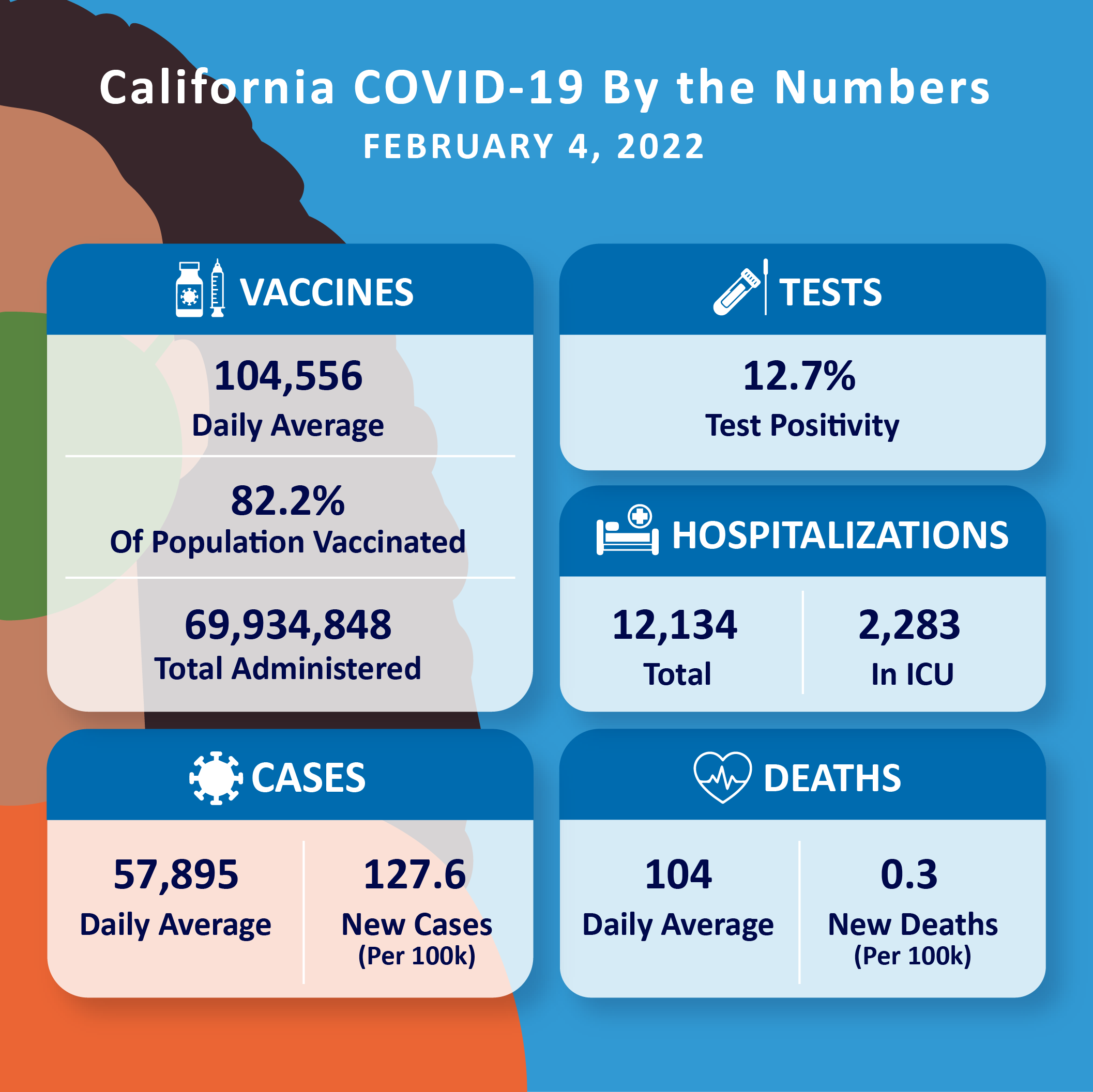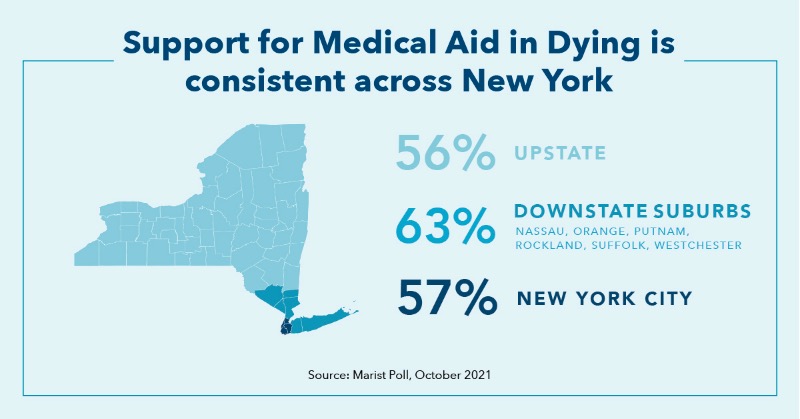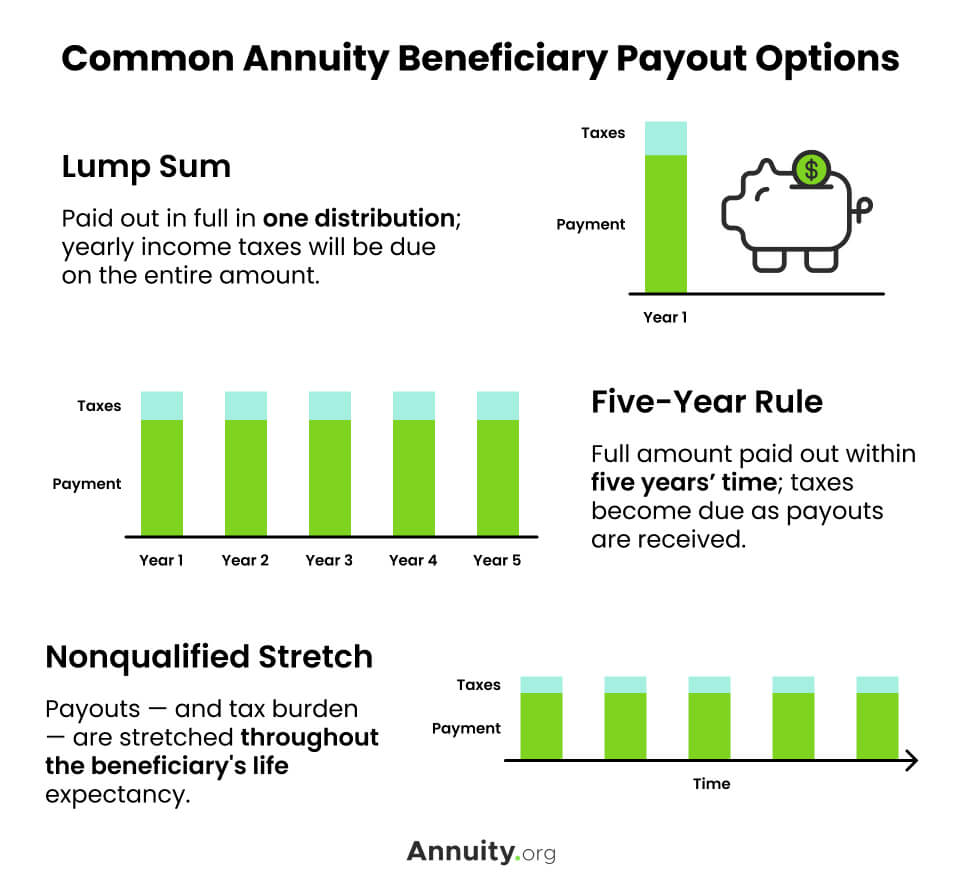california end of life option act requirements
Must be of sound mind and exhibit appropriate decision-making capabilities to the attending physician. Be 18 years of age or older Have the capacity to make medical decisions Possess a valid Medi-Cal Benefits Identification Card BIC or valid Medi-Cal managed.

With Covid 19 Conditions Improving State Public Health Leaders Modify Omicron Surge Policies
The law was signed in by California governor Jerry Brown in October 2015 making California the fifth state to allow.

. A total of 246 physicians prescribed 618 individuals aid-in-dying drugs. The goal of this training program is to educate law enforcement on Californias new End of Life Option Act laws authorizing medical aid-in-dying. Certain health care providers including licensed hospitals and skilled nursing facilities may prohibit.
This law is effective as of June 9 2016. This end of life option is voluntary for both patients and their physicians. Read the full bill language here.
Under the Act the patient is required to submit two oral requests for the aid-in-dying drug a minimum of 15. California End of Life Option Act is a law enacted in June 2016 which allows terminally ill adult residents in the state of California to access medical aid in dying by self-administering lethal drugs provided specific circumstances are met. August 2020 Recipient Eligibility Medi-Cal recipients must at minimum meet all of the following criteria.
You must have a terminal illnessa disease. Must be 18 years or older. Diagnosed with a terminal disease that will result in death within six months.
Participating in this end-of-life option is voluntary for both patients and physicians. The California legislature approves and Governor Brown signs AB282 which amends the California penal code to prohibit a person whose actions are compliant with the End of Life Option Act from being prosecuted for deliberately aiding advising or encouraging suicide. Starting January 1 2022 the required waiting period between the first and second oral request is 48 hours and.
ABX215 Eggman Chapter 1 establishes the End of Life Option Act Act in California which becomes effective on June 9 2016 and will remain in effect until January 1 2026. The two most common. The requirements of the law are.
There are certain requirements said person must meet in order to qualify for such a request. END OF LIFE OPTION ACT A. Participation in the End-of-Life Option Activities For the calendar year 2019 736 individuals started the end-of-life option process as set forth in the Act by making two verbal requests to their physicians at least 15 days apart.
California End of Life Option Act-Effective June 9 2016. The new laws authorize a patient who has been diagnosed as terminally ill with less than six months of life expectancy to obtain and ingest medications to end their life. In California all hospitals and nursing homes are required to assess a patients pain condition as a fifth vital sign - along with the patients pulse temperature respiration and blood pressure.
California is the fifth state to enact an aid-in-dying law. This Act gives a mentally competent adult California resident who has a terminal disease the legal right to ask for and receive a. California is the fifth state to enact an aid-in-dying law.
To request a prescription for life-ending medication in California a patient must be. Be 18 years or older and a resident of California. Part 2 End of Life Option Act Services Page updated.
The End of Life Option Act is a California law that permits terminally ill adult patients with capacity to make medical decisions to be prescribed an aid-in-dying medication if certain conditions are met. Have a terminal disease that cannot be cured or reversed and that is expected to result in death within six months. At least 18 years old.
End of Life Option Act News. END OF LIFE OPTION ACT California Hospital Association Page 1 I. End of Life Option Act 443 - 44322.
Assembly Bill AB 15 Eggman Chapter 1 establishes the California End of Life Option Act Act commencing at Health and Safety Code section 443 which becomes effective June 9 2016 and will remain in effect until January 1 2026. You must be able to make and communicate health care decisions. A physician must determine that.
Q Self-administer means a qualified individuals affirmative. To receive the aid-in-dying drug a person must. The changes go into effect on January 1 2022.
Signed into law by Governor Brown in October 2015 the law went into effect on June 9 2016. The patient must also. Who can use this option.
To receive the aid-in-dying drug a patient must be 18 or older and a resident of California. It also includes detailed procedures that must be followed by health care professionals who provide authorized services. This law includes detailed requirements for patients to qualify to obtain lethal drugs.
Who can use this option. Must be able to self-ingest the medication either. You must be a California resident verified with a California Driver License or California Identification Card voter.
The End of Life Option Act ELOA provides the legal framework for physician aid in dying in California. New legal form of end of life care and will not be subject to legal liability or professional sanction for doing so. The End of Life Option Act is a California law that allows certain terminally ill adults to request a prescription for an aid-in-dying drug.
You must be 18 years of age or older. The requestee must be 18 a California resident have a diagnosis of a terminal disease. Mentally capable of making and communicating health care decisions and.
California also is taking a leading role by requiring all medical schools in the state to train physicians on pain management and end-of-life care. Eligibility Requirements to Access the Law will remain the same after Jan. The End of Life Option Act allows adults diagnosed with terminal diseases to request aid-in-dying drugs from their physician.
In October 2021 Governor Newsom signed SB 380 which makes significant changes to Californias End of Life Option Act including reducing the required waiting period between a patients oral requests from 15 days to 48 hours. The Act gives a mentally competent adult California resident who has been diagnosed with a. Have a terminal disease.
Documentation Requirements. Under the Act the patient is required to submit two oral requests for the aid-in-dying. Qualified individual means an adult who has the capacity to make medical decisions is a resident of California and has satisfied the requirements of this part in order to obtain a prescription for a drug to end their life.
5 2015 Governor Brown signed AB X2-15 the End of Life Option Act which permits an adult with a terminal disease and the capacity to make health care decisions to request and be prescribed an aid-in-dying.

Frequently Asked Questions Death With Dignity

States With Legal Physician Assisted Suicide Euthanasia Procon Org

Frequently Asked Questions Death With Dignity

States With Legal Physician Assisted Suicide Euthanasia Procon Org

Compassion Choices Compandchoices Twitter

Compassion Choices Compandchoices Twitter


